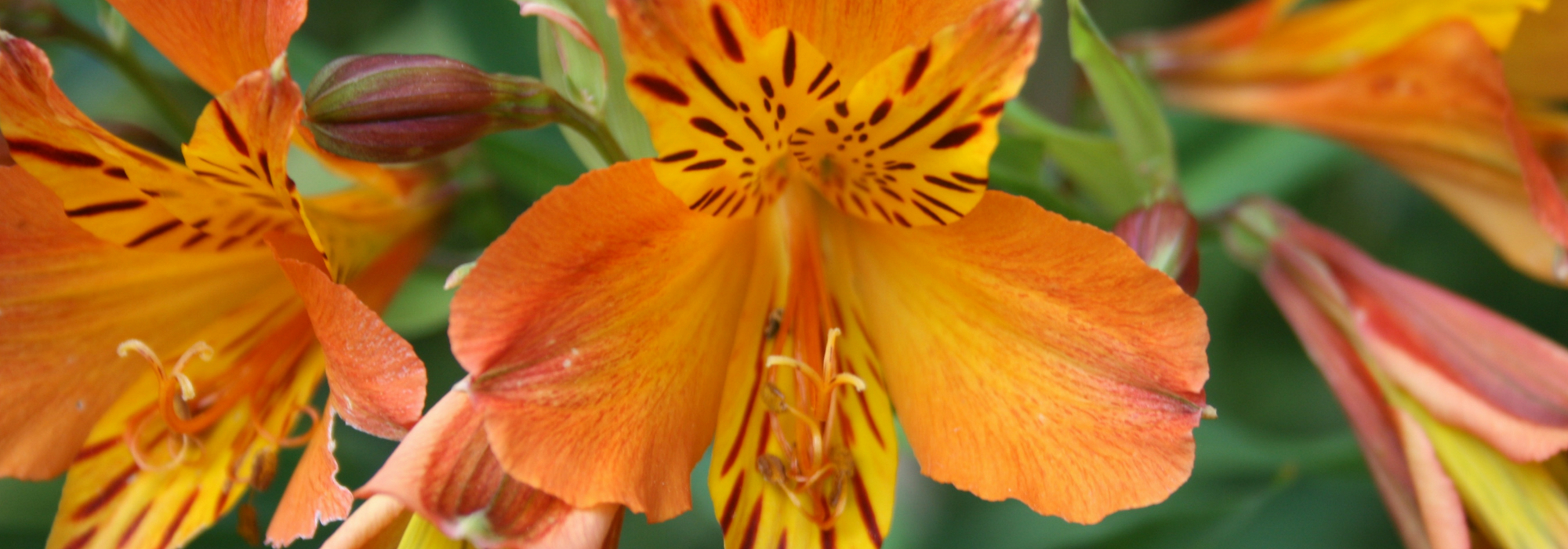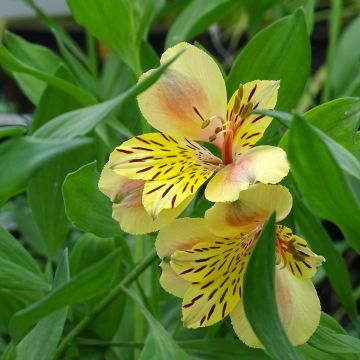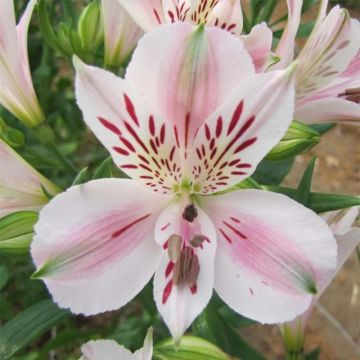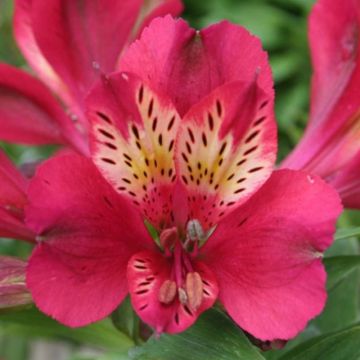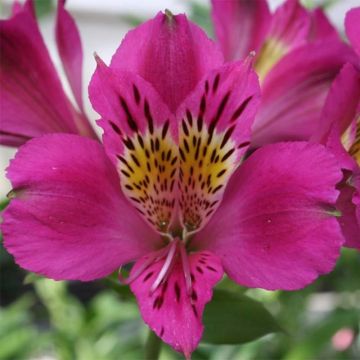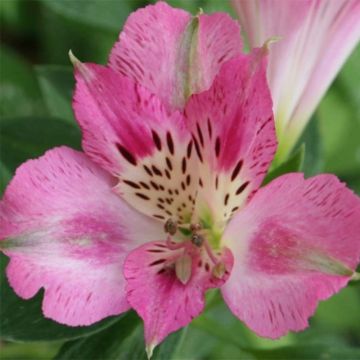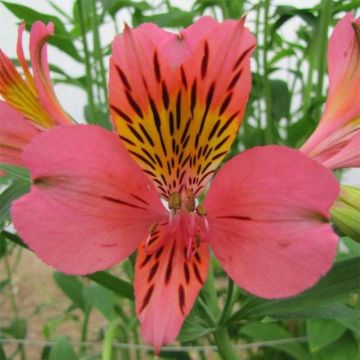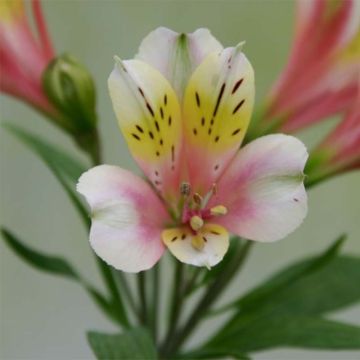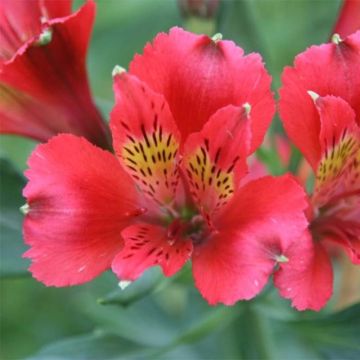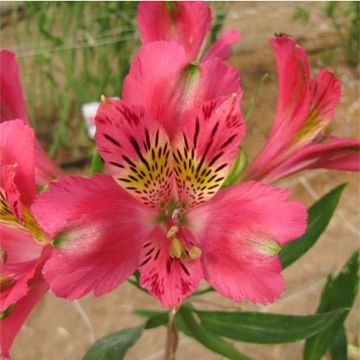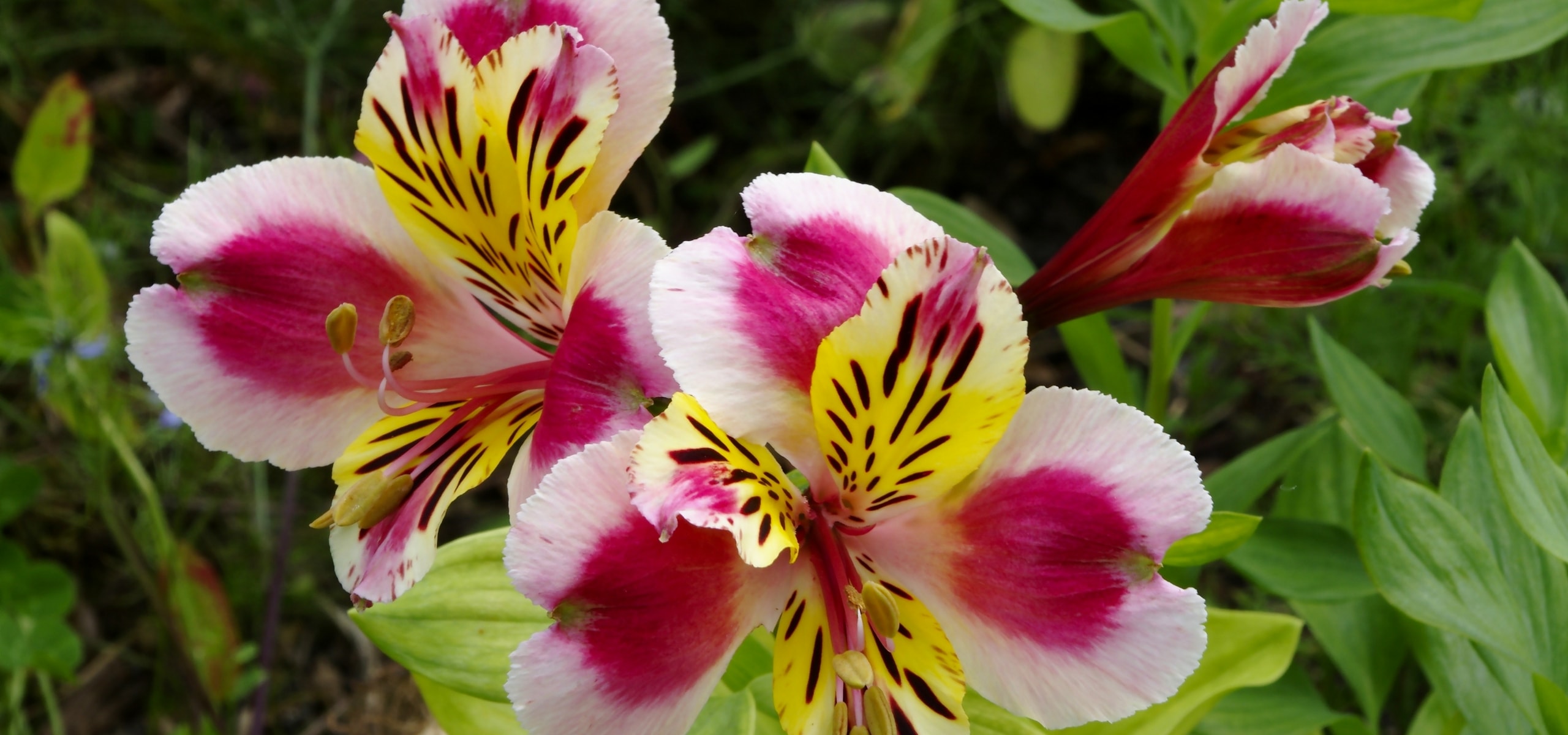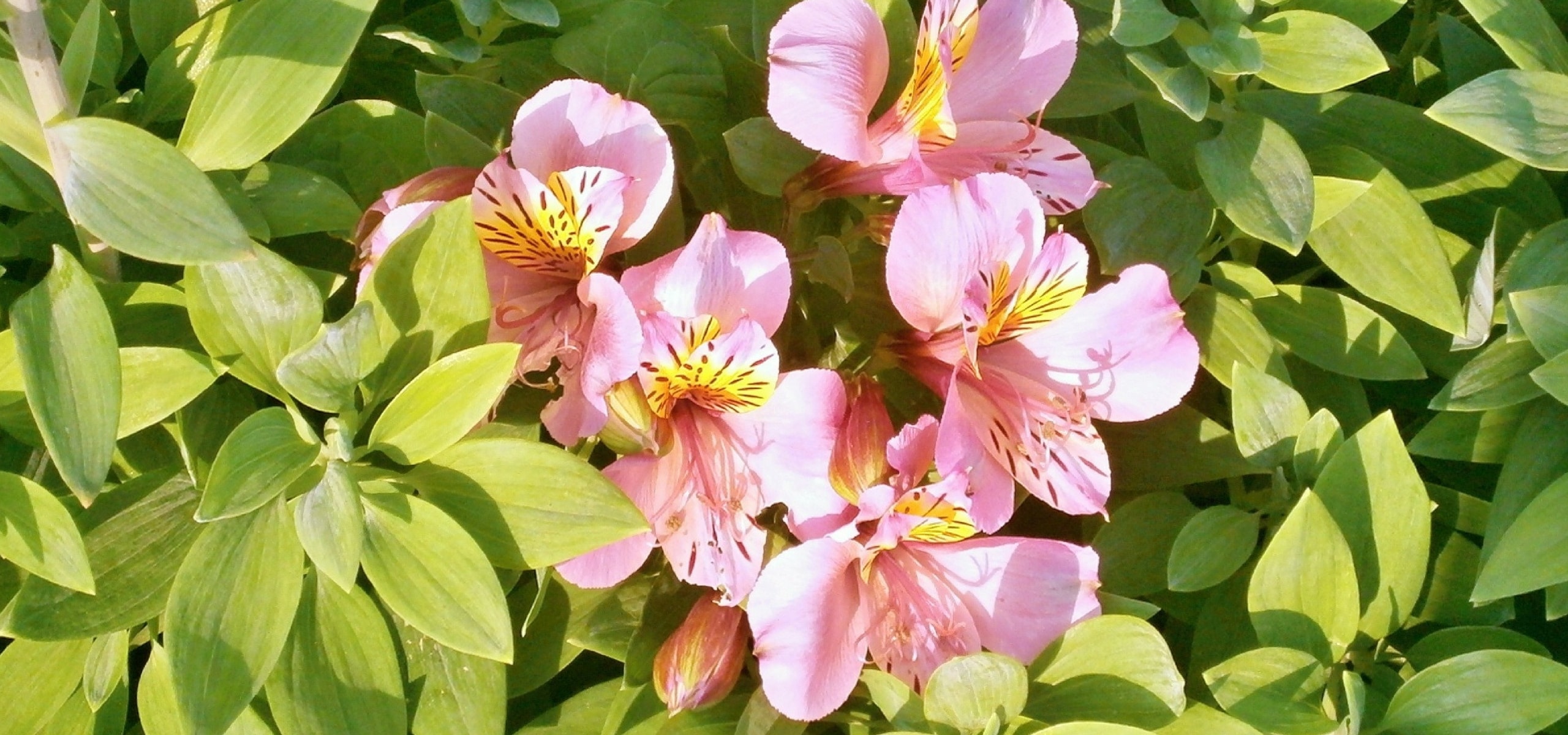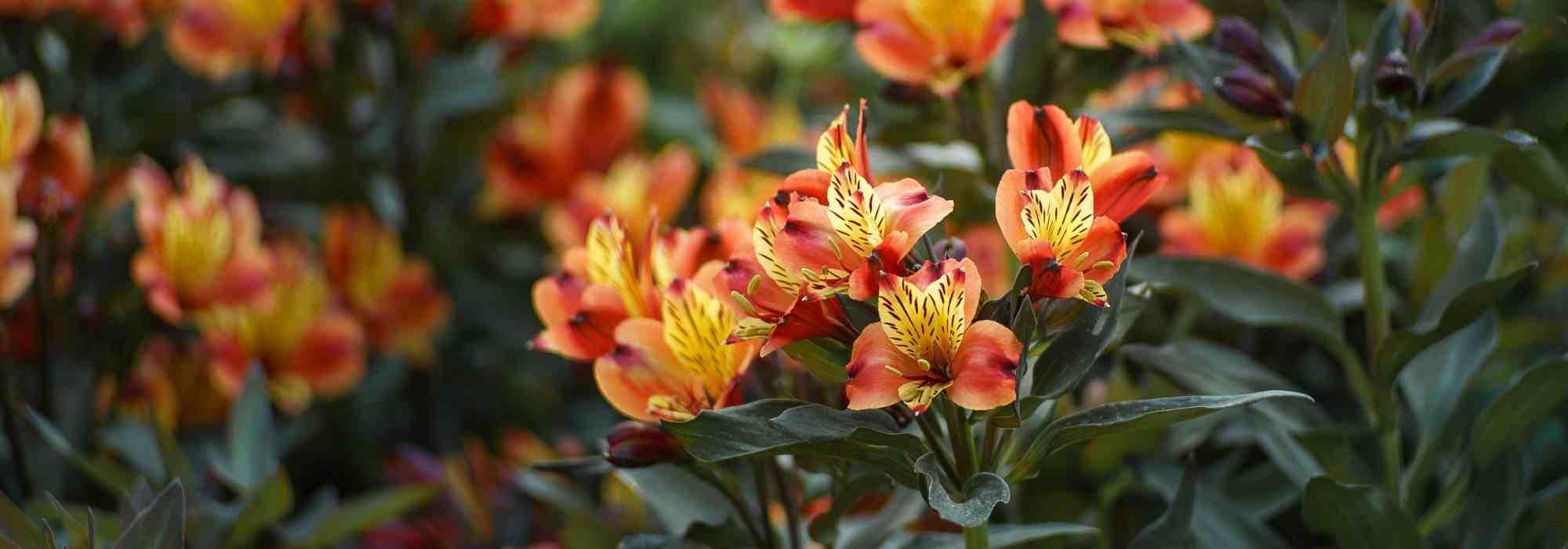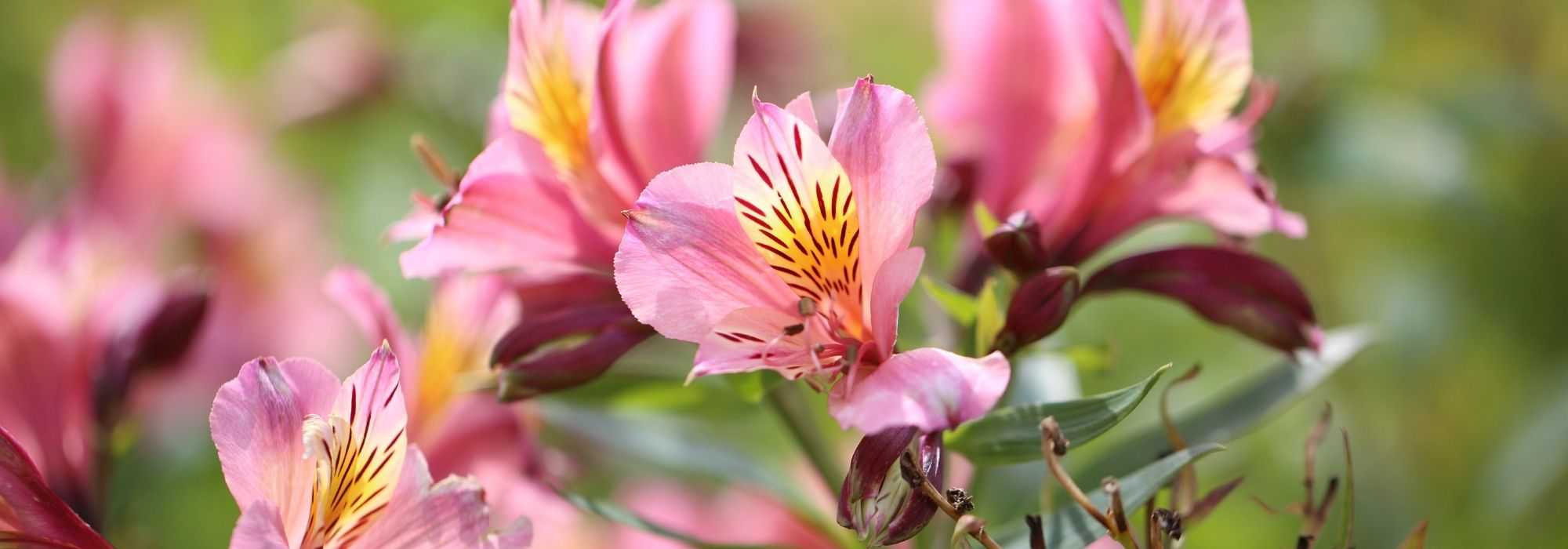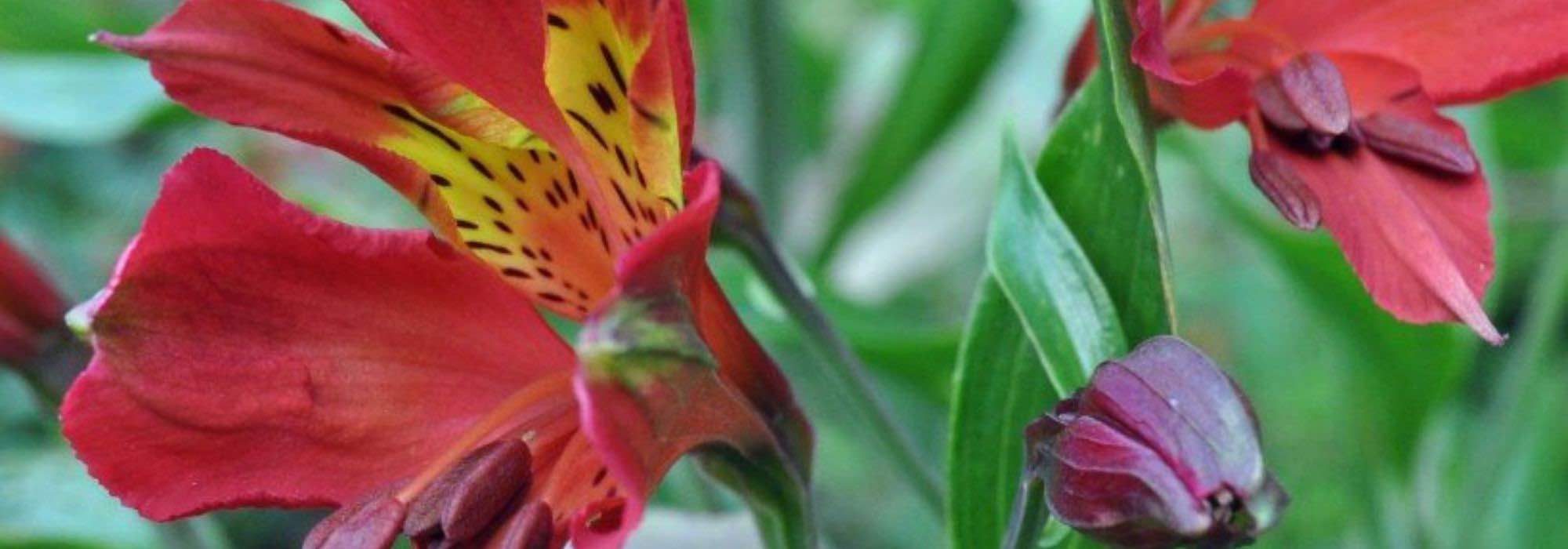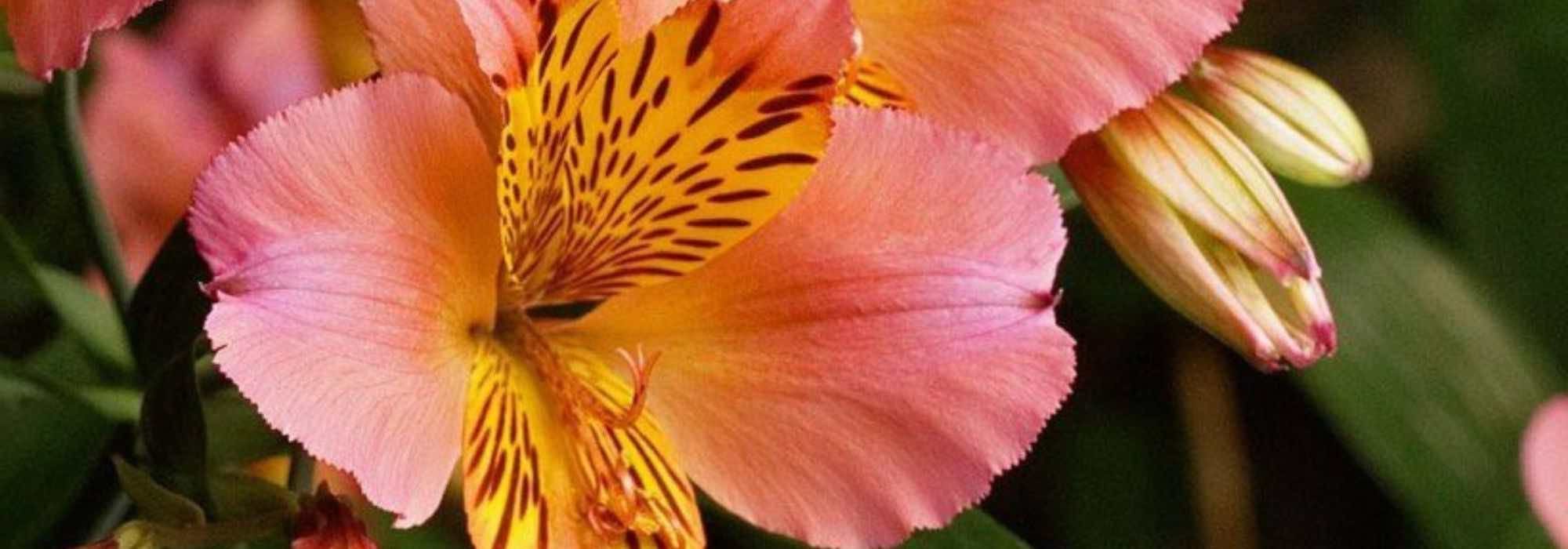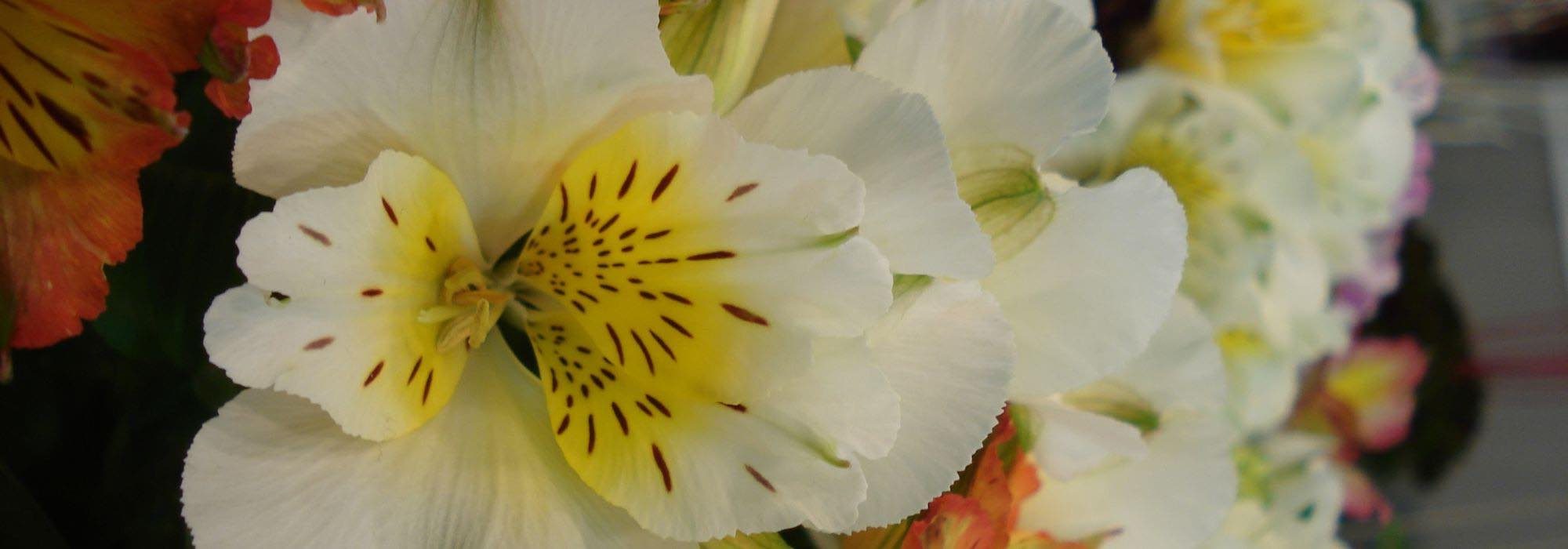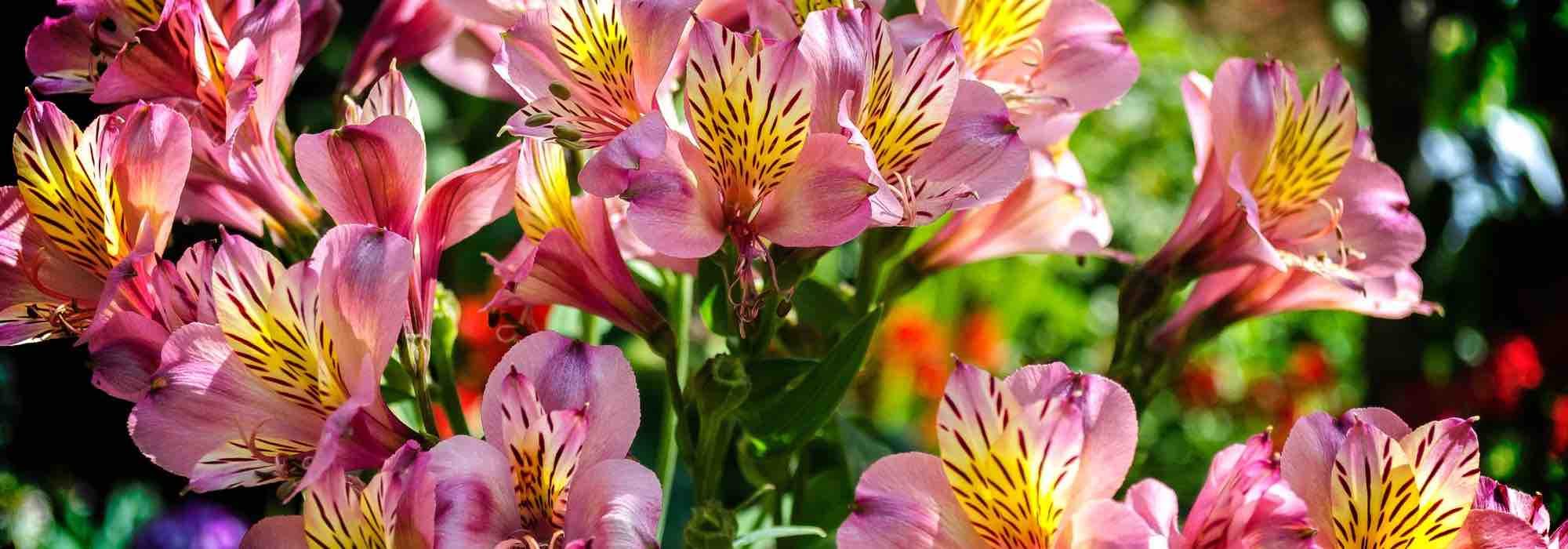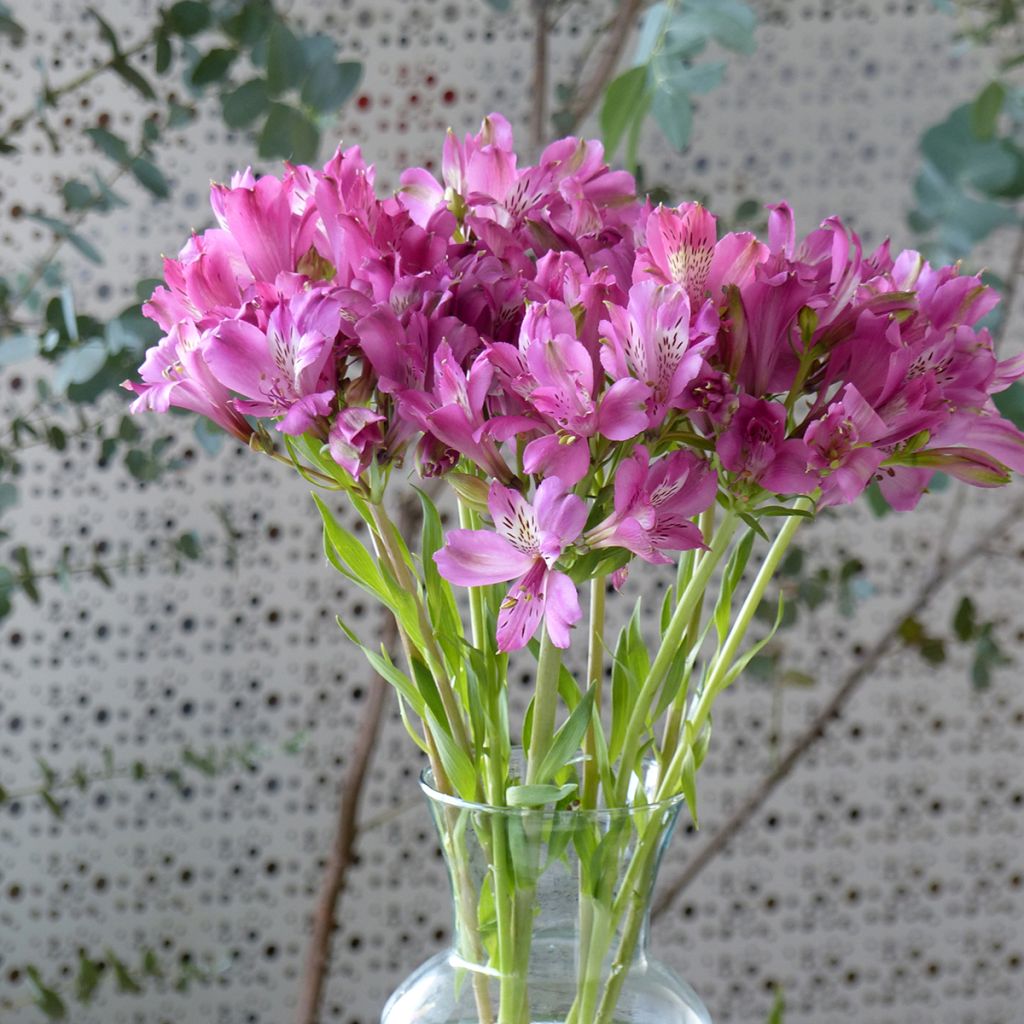

Alstroemeria Devotion - seeds
Alstroemeria Devotion - seeds
Alstroemeria aurantiaca Devotion
Peruvian Lily, Lily of the Incas
Special offer!
Receive a €20 voucher for any order over €90 (excluding delivery costs, credit notes, and plastic-free options)!
1- Add your favorite plants to your cart.
2- Once you have reached €90, confirm your order (you can even choose the delivery date!).
3- As soon as your order is shipped, you will receive an email containing your voucher code, valid for 3 months (90 days).
Your voucher is unique and can only be used once, for any order with a minimum value of €20, excluding delivery costs.
Can be combined with other current offers, non-divisible and non-refundable.
Home or relay delivery (depending on size and destination)
Schedule delivery date,
and select date in basket
This plant carries a 6 months recovery warranty
More information
We guarantee the quality of our plants for a full growing cycle, and will replace at our expense any plant that fails to recover under normal climatic and planting conditions.
Would this plant suit my garden?
Set up your Plantfit profile →
Description
Alstroemeria Devotion is a variety of Inca Lily whose flowers are in shades of pastel pink and bright pink never seen before in other selections. Seed sown plants are perennial and hardy and come back year after year, they work well in borders and beds and provide beautiful cut flowers. They usually bloom from the second year. To be grown in full sun or partial shade, in loose, rich, well-drained soil, even slightly dry in summer.
Alstroemerias are perennial plants of the Alstroemeriaceae or Liliaceae family, native to Chile and Peru. These tuberous-rooted plants grow in the wild on drained and rocky slopes of the Andean mountains, on rather acidic soil. The hybrid variety 'Devotion' quickly forms large clumps sturdy, upright stems, bearing thin, dark green leaves on their upper half. In spring and summer, from the second year of cultivation, these, on average, 65 cm tall stems bear terminal umbels of open flowers, of 6 non-symmetrical petals, variously spotted or streaked with pale pink to bright pink. The colours vary depending on the plants, but all the flowers have small dark spots inside the 3 smaller petals. The thickened roots of alstroemerias are fleshy, resembling asparagus. They are fragile and brittle and sink deep into the soil, which must be soft and light to accommodate them. These plants reproduce easily by sowing which also prevents the roots from being damaged during transplantation. The deciduous vegetation emerges from the ground in spring and disappears in autumn.
Hybrid alstroemerias are somewhat capricious plants, which can wither overnight if their environment does not suit them, or become invasive in the opposite case. They provide wonderful flowers for bouquets, capable of lasting up to 2 weeks in a vase. For this purpose, you can grow them in the vegetable garden, in well-tilled and drained soil, or on a mound, which will suit them perfectly. Under these conditions, they can form large clumps that expand year after year. They are excellent plants for borders, rockeries, pots, and containers. To accompany them, consider annual poppies, campanulate bellflowers, and love-in-a-mist nigellas, for example.
Flowering
Foliage
Plant habit
Botanical data
Alstroemeria
aurantiaca
Devotion
Alstroemeriaceae
Peruvian Lily, Lily of the Incas
Alstroemeria aurea
Cultivar or hybrid
Other Alstroemerias
View all →Planting and care
The plant can be divided in spring, but this can be stressful for alstroemeria because its brittle roots hate being disturbed. Growing from seed takes longer, but is ultimately more advantageous.
Sow alstroemeria seeds in seed compost at a depth of 6 mm, from February to July, in trays, pots, etc.. Enclose the seed tray in a polyethene bag and keep it in a propagator or a warm place at an optimal temperature of 20-25°C for 3 to 6 weeks, then place them in the refrigerator at 5°C for 3 weeks. After that, move the seedlings back to a temperature of 20°C. Germination occurs in 14 to 30 days.
Transplant the young plants into 8 cm pots when they are large enough to handle, taking care not to damage the roots. Harden the young plants to outdoor conditions before transplanting them to a sunny spot, spaced 30 cm apart.
Second, very similar technique:
Sowing period
Intended location
Planting & care advice
This item has not been reviewed yet - be the first to leave a review about it.
Haven't found what you were looking for?
Hardiness is the lowest winter temperature a plant can endure without suffering serious damage or even dying. However, hardiness is affected by location (a sheltered area, such as a patio), protection (winter cover) and soil type (hardiness is improved by well-drained soil).

Photo Sharing Terms & Conditions
In order to encourage gardeners to interact and share their experiences, Promesse de fleurs offers various media enabling content to be uploaded onto its Site - in particular via the ‘Photo sharing’ module.
The User agrees to refrain from:
- Posting any content that is illegal, prejudicial, insulting, racist, inciteful to hatred, revisionist, contrary to public decency, that infringes on privacy or on the privacy rights of third parties, in particular the publicity rights of persons and goods, intellectual property rights, or the right to privacy.
- Submitting content on behalf of a third party;
- Impersonate the identity of a third party and/or publish any personal information about a third party;
In general, the User undertakes to refrain from any unethical behaviour.
All Content (in particular text, comments, files, images, photos, videos, creative works, etc.), which may be subject to property or intellectual property rights, image or other private rights, shall remain the property of the User, subject to the limited rights granted by the terms of the licence granted by Promesse de fleurs as stated below. Users are at liberty to publish or not to publish such Content on the Site, notably via the ‘Photo Sharing’ facility, and accept that this Content shall be made public and freely accessible, notably on the Internet.
Users further acknowledge, undertake to have ,and guarantee that they hold all necessary rights and permissions to publish such material on the Site, in particular with regard to the legislation in force pertaining to any privacy, property, intellectual property, image, or contractual rights, or rights of any other nature. By publishing such Content on the Site, Users acknowledge accepting full liability as publishers of the Content within the meaning of the law, and grant Promesse de fleurs, free of charge, an inclusive, worldwide licence for the said Content for the entire duration of its publication, including all reproduction, representation, up/downloading, displaying, performing, transmission, and storage rights.
Users also grant permission for their name to be linked to the Content and accept that this link may not always be made available.
By engaging in posting material, Users consent to their Content becoming automatically accessible on the Internet, in particular on other sites and/or blogs and/or web pages of the Promesse de fleurs site, including in particular social pages and the Promesse de fleurs catalogue.
Users may secure the removal of entrusted content free of charge by issuing a simple request via our contact form.
The flowering period indicated on our website applies to countries and regions located in USDA zone 8 (France, the United Kingdom, Ireland, the Netherlands, etc.)
It will vary according to where you live:
- In zones 9 to 10 (Italy, Spain, Greece, etc.), flowering will occur about 2 to 4 weeks earlier.
- In zones 6 to 7 (Germany, Poland, Slovenia, and lower mountainous regions), flowering will be delayed by 2 to 3 weeks.
- In zone 5 (Central Europe, Scandinavia), blooming will be delayed by 3 to 5 weeks.
In temperate climates, pruning of spring-flowering shrubs (forsythia, spireas, etc.) should be done just after flowering.
Pruning of summer-flowering shrubs (Indian Lilac, Perovskia, etc.) can be done in winter or spring.
In cold regions as well as with frost-sensitive plants, avoid pruning too early when severe frosts may still occur.
The planting period indicated on our website applies to countries and regions located in USDA zone 8 (France, United Kingdom, Ireland, Netherlands).
It will vary according to where you live:
- In Mediterranean zones (Marseille, Madrid, Milan, etc.), autumn and winter are the best planting periods.
- In continental zones (Strasbourg, Munich, Vienna, etc.), delay planting by 2 to 3 weeks in spring and bring it forward by 2 to 4 weeks in autumn.
- In mountainous regions (the Alps, Pyrenees, Carpathians, etc.), it is best to plant in late spring (May-June) or late summer (August-September).
The harvesting period indicated on our website applies to countries and regions in USDA zone 8 (France, England, Ireland, the Netherlands).
In colder areas (Scandinavia, Poland, Austria...) fruit and vegetable harvests are likely to be delayed by 3-4 weeks.
In warmer areas (Italy, Spain, Greece, etc.), harvesting will probably take place earlier, depending on weather conditions.
The sowing periods indicated on our website apply to countries and regions within USDA Zone 8 (France, UK, Ireland, Netherlands).
In colder areas (Scandinavia, Poland, Austria...), delay any outdoor sowing by 3-4 weeks, or sow under glass.
In warmer climes (Italy, Spain, Greece, etc.), bring outdoor sowing forward by a few weeks.






























